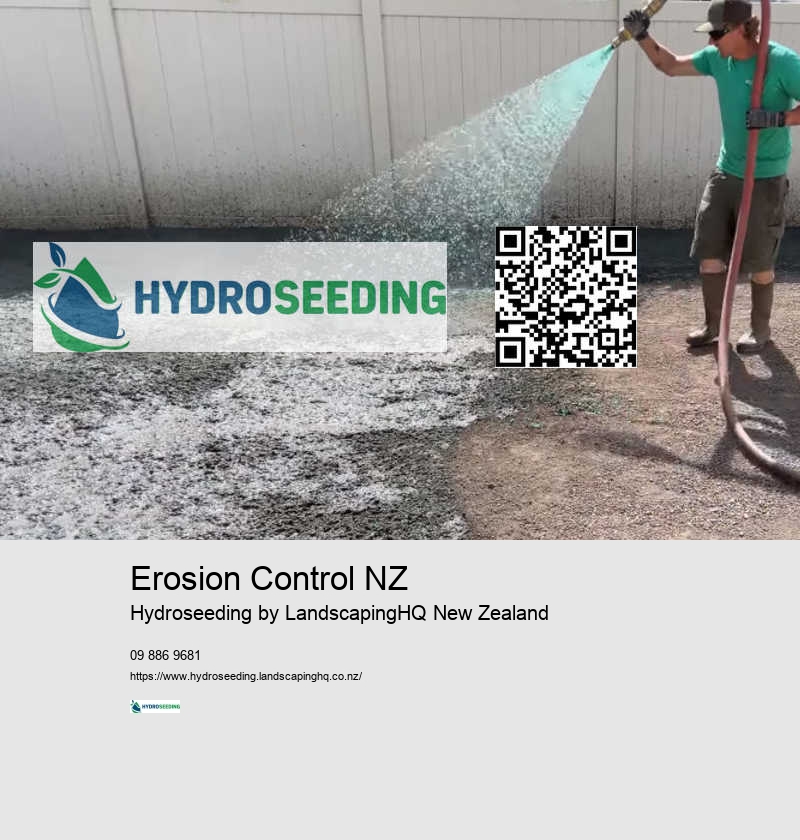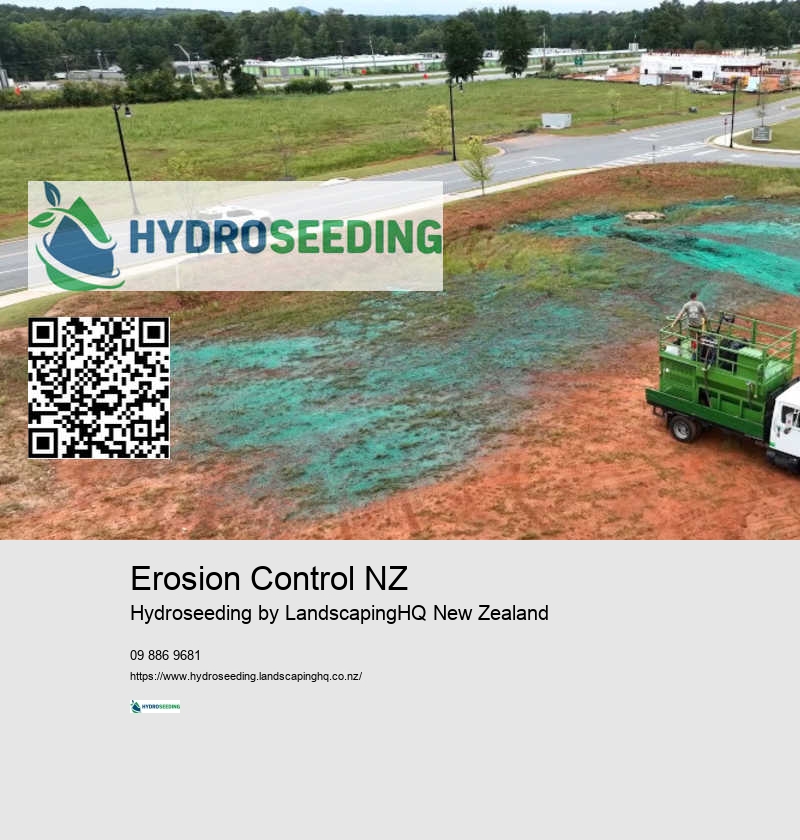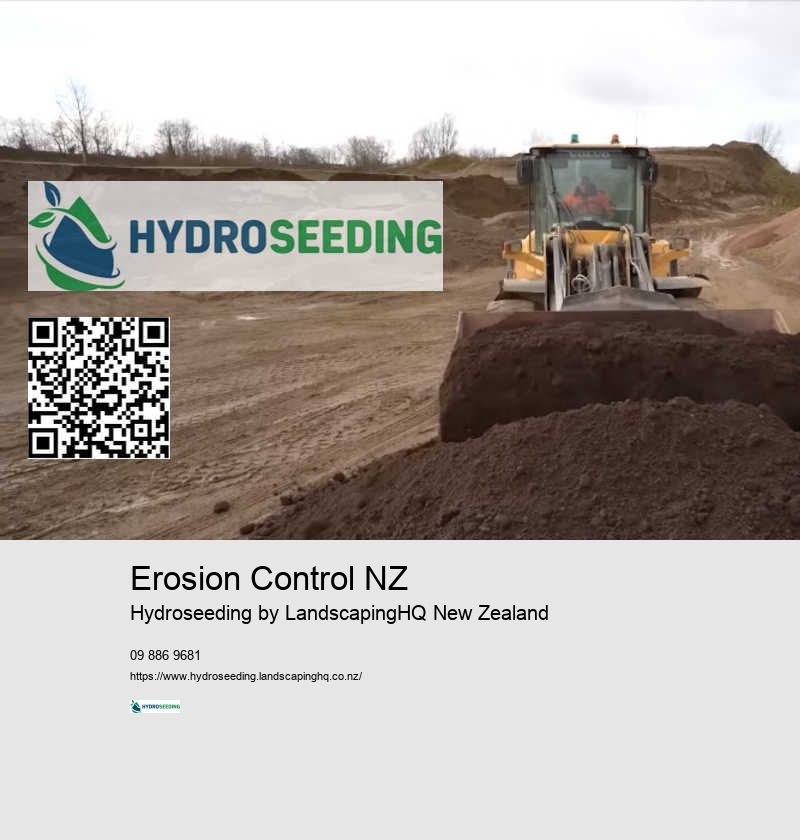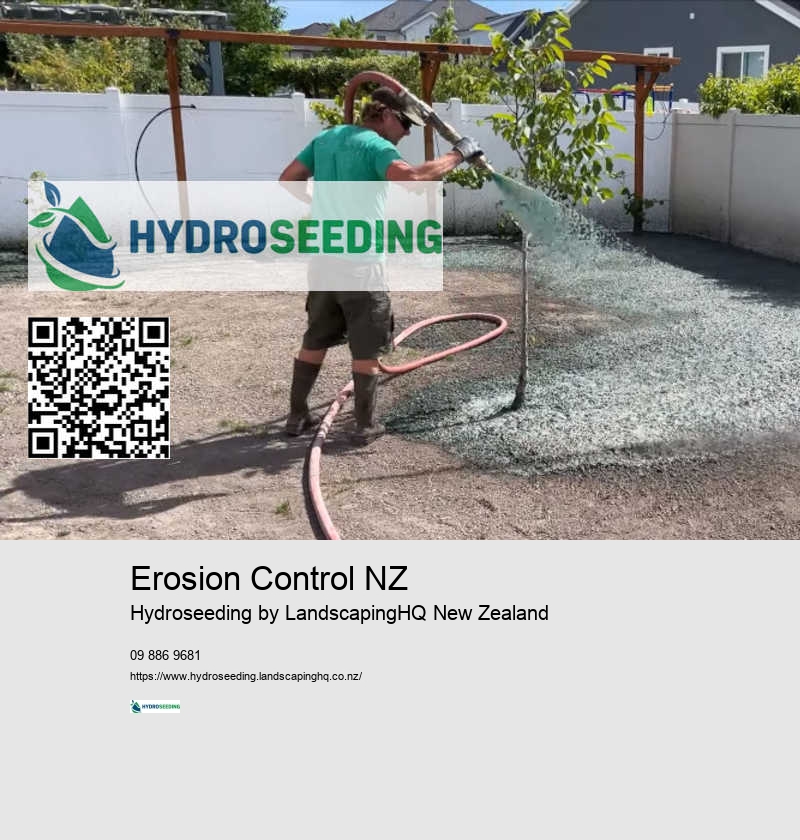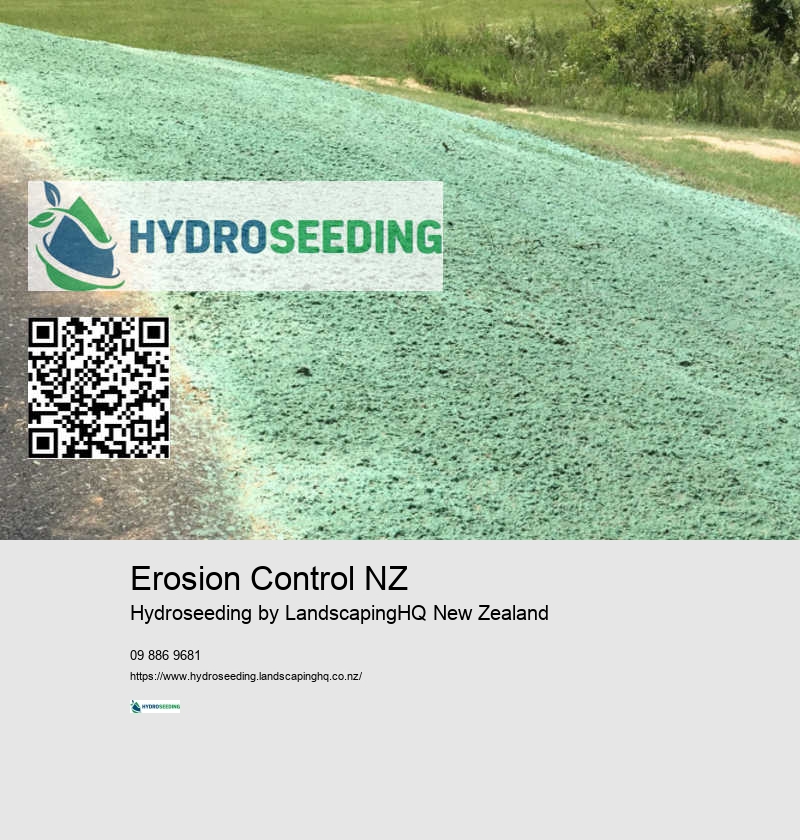Erosion Control NZ
Grass seed
This reduces the need for frequent irrigation and ensures the roots of the grass develop deep and healthily. Here's why partnering with us is a smart choice. Hydroseeding allows us to avoid the cost of expensive sod and installation, which can add up quickly, especially on larger projects. This encourages the roots to grow deeper and become more resilient. After application, maintenance is straightforward.
The heart of any hydroseeding operation is the hydroseeder itself. This application method allows us to cover large areas quickly and ensures an even distribution of seeds, which leads to more uniform growth. Achieve lush green landscapes effortlessly - Learn how Hydroseeding New Zealand can make a difference. Weed control shouldn't be overlooked. Proper soil preparation involves removing debris, testing pH levels, and ensuring the soil is well-aerated.
Hydroseeding mixtures can be tailored to meet specific requirements and conditions, giving the best results for each field. One primary challenge is ensuring the correct soil preparation. We work closely with our clients to provide a lawn that will enhance their curb appeal, and make a welcome outdoor space. Hydroseeding is not just about spreading seed; it's a combination of science and artistry that produces lush, green grasses efficiently.
Hydroseeding is also a cost-effective option. The quick establishment period is particularly advantageous for venues needing to meet tight scheduling demands. You can also use this method to create lush, vibrant lawns on your residential property. LandscapingHQ hydroseeding is an investment that pays off in the long run.
